 Business photo created by jigsawstocker – www.freepik.com
Business photo created by jigsawstocker – www.freepik.com
When the COVID pandemic first struck, we assumed it would pass quickly. Faced with a flood of newly unemployed clients, employment counsellors expressed reassurance that this was short-lived and temporary and that resume gaps would be barely noticeable. Frustratingly, the pandemic kept resurging like a never-ending hurricane, leaving in its wake an unanticipated economic crisis.
Many of my clients have described their resumes as having a “hole” in them where 2020 should have been, worrying that with increased unemployment and fewer jobs, it might be even harder to find work. Some have been forced to stay home during the pandemic, homeschooling kids and caring for vulnerable health issues in themselves and others, while others have taken survival jobs such as warehouse workers, grocery clerks, or delivery drivers.
The question that matters most is what employers think: how are they responding to this gap? It is probably fair to assume that they are very familiar with this issue and are willing to look beyond it to consider candidates, so it might not necessarily prevent you from being called to an interview. However, it is very likely that the question “What did you do during the pandemic?” will come up in interviews, and job seekers should prepare a well-thought-through answer.
When preparing an answer to the gap question, keep these strategies in mind:
1. Prepare a clear and specific explanation about what exactly happened.
Think through how you would describe what happened when you were laid off. Remember that even if you have been furloughed/temporarily laid off and are still considered an employee, an employer may still want to know about what you have been doing while at home.
Be truthful – remember that many job seekers have been out of work and that it does not necessarily reflect on your ability or value in the job market. Everyone has been through the pandemic, and we all know someone who has taken parental leave or taken off time to care for a loved one or to deal with a health problem. Explain in simple, clear terms – don’t dwell — and move on to focusing on the future or present.
Your ability to talk about the gap with self-awareness and confidence can be impressive and can go a long way to convince employers that the gap has not affected your confidence or sense of self-worth.
2. Describe what you have been doing during the gap, focusing on what matters.
List the activities you have engaged in since the layoff, such as volunteering, homeschooling, survival work, hobbies/personal projects, online courses and job search. Focus on the activities that indicate skills employers would value, such as initiative, collaboration, and learning new skills. On the other hand, try not to exclude things such as caregiving, which might reflect on your values and resilience.
Think through everything you have done since the pandemic hit. Adaptability and innovativeness are highly valued in this new economy. How did you adapt to the changes? Did you set up a home office? Did you learn new remote job skills or job search skills? Show that you had some control during the time—talk about what you did confidently and assertively without sounding regretful or apologetic.
3. It’s not too late to get active now.
If you feel you should have more to tell employers about what you have been doing, remember that it is not too late to volunteer, work, or learn new skills/knowledge online. Check out our blog about online learning opportunities. Consider volunteering – Volunteer Canada, for example, offers a list of COVID-related volunteer opportunities and remote opportunities for those who need to stay home.


Leave a Reply